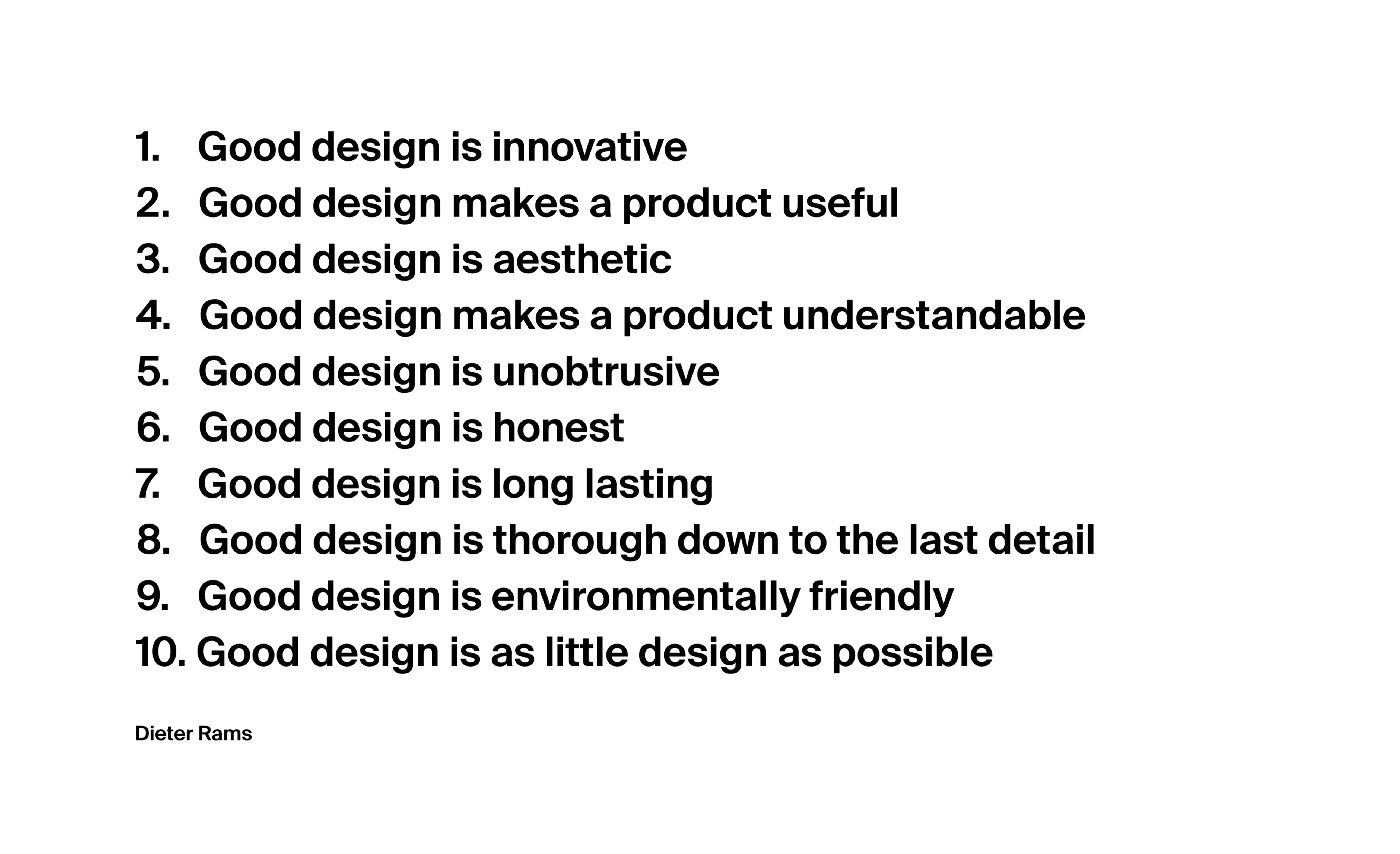In the early 1960s, Arthur C. Clarke, the brilliant author of 2001: "Space Odyssey" (the novel) wrote the essay "Hazards of Prophecy: the failure of Imagination", in which he stated the so-called Clarke’s Three Laws. The latter of those is the most famous
This line fully describes the wonder that catches us in front of contemporary technology: it allows incredible things, constantly pushes forward the frontier of possibility and offers new opportunities to human beings, understood both as individuals and in their aggregate forms.
The analogy with magic comes from the fact that it is largely unknown and therefore perceived as mysterious, distant, perhaps dangerous. And the sense of uneasiness increases when we take into account Artificial Intelligences: they think faster than us, they provide solutions faster and might substitute us.
But technology itself is neither good nor bad, it is simply a tool that people use to achieve their goals.
The value of good design: Interpretation, responsibility and ethics
If it is true that technology is so beneficial and, at the same time, so alien, then it takes someone to decode it so that people can benefit from it. And here is the role of design: that of an interpreter.
But the act of interpretation is not neutral; on the contrary, it is oriented according to values. In other words, design influences the use that will be made of technology and this puts designers in front of a dilemma of ethical and moral nature, loads them with responsibility and opens the door to the theme of what good design is.

Dieter Rams
We go back again in time and again in the ’60s of the last century, this time we go to Germany, to the Product Design department of Braun where a legendary Dieter Rams enunciated the 10 principles that define good design.

In a context like the one we live in, also populated by silicon-based forms of intelligence, do these principles remain valid? To a large extent, yes, but two of them seem not to stand the test of time: in particular the fourth and fifth.
Complexity and transparency
4. Good design makes a product understandable
The design tends to mask the complexity of the technology to offer products and services easily understandable and adoptable. And it is fundamental because it frees users from the need to understand what they don’t need to know and expands their possibilities of action.
But this is not always good: excessive simplification can result in a loss of control by people on the effects of their behaviour. Think of the Cambridge Analytica scandal about the traffic of personal data collected through facebook and used to condition the vote in the U.S. elections or during the Brexit. Or, again, to simplify to the extreme could prevent the use of products and services to large slices of the population, those more backward and less accustomed to contemporary technologies.
The focus should shift from the product or the service in itself to the effects of its use. For example, I, as a user, should be aware that the food preferences — to make an innocent example — I share on an app of recipes can be used to profile me and maybe recommends me some restaurants that I might like.
And people should be put in a position to know, and to a certain extent to control its uses and effects.

Proactivity and trust
5. Good design is unobtrusive
Contemporary technologies are proactive, they anticipate the user, skip some rings in the human decisional chain and offer ready to use solutions.
They use the enormous computational and inferential power of their algorithms to analyze data and suggest solutions, such as the most rational way to allocate your savings or the fastest way to avoid rush hour traffic.
But it is also true that they can impose themselves on people’s behaviour and replace their choices: for example, news aggregators only show information based on users’ preferences or emphasize a candidate’s opinions to the detriment of his opponents.
The burning question, in this case, is to be able to trust the tools we use, which are not traps or deforming mirrors that reduce our decision-making space or distort our judgments on reality, perhaps to our damage and to the advantage of dark powers.
The good design then should prevent the perverse use of the proactivity of the latest technology and of the AIs in particular. And the designers should defend and promote the rights of human beings.
Here, in our opinion, is how the fifth principle of Rams should be declined for contemporaneity.

Design, the problem of inclusion and the legal framework
Technologies can be the basis for new social discrimination between those who have access to technological services and those who do not: if I can only open a bank account through a voice interface, and I do not know how to use it or I do not have the tools, then I am barred from a possibility, not to mention the possible distortions linked to electronic voting.
The inclusion and access to information and services is a burning issue on every political agenda. The more phenomena such as functional illiteracy, the crisis of liberal democracy and the seductions of populism come to our attention, the more important it is.
We know that these are enormous themes and certainly design is not the solution, but it is also true that the design act cannot remain indifferent to the effects that artefacts produce.
We believe that design then has an important task: to foster the conditions for human beings to trust technology and to shape the relationship between these two entities so as to become a further element to foster trust between man and the systems of which he is part (companies, markets, institutions).
If we think of the legislator as a type of designer, the one who has to design how citizens have to interact with the social body, then reflections on what good design is and how this concept has to be transformed to account for a changed context also become important for the normative dimension.
The legislator should seek to take these principles as the basis for defining the rules governing the use of technology and establish the basis for the creation of a new social pact between companies and institutions on the one hand and the user/citizen on the other.



